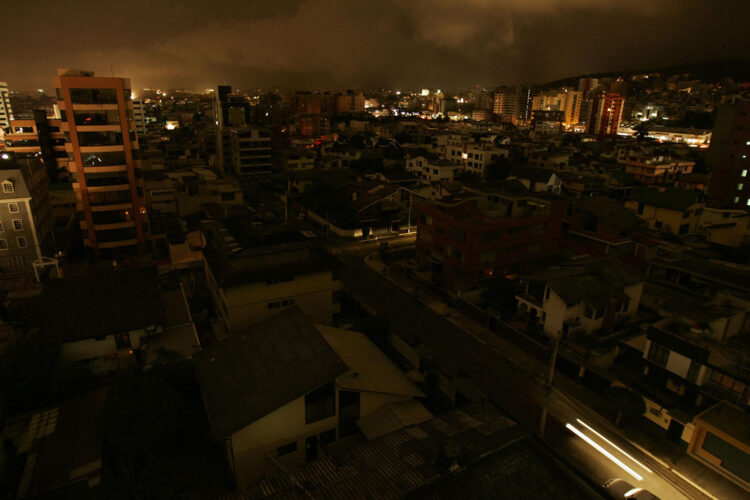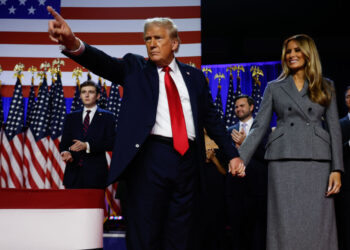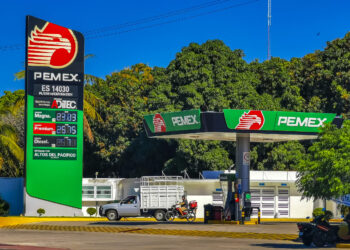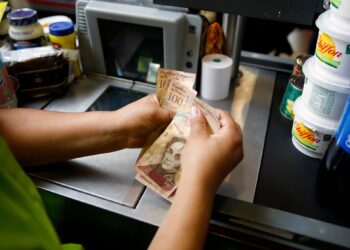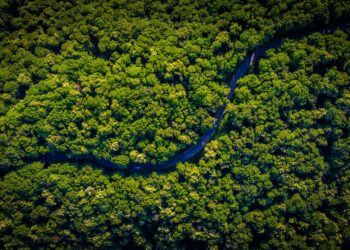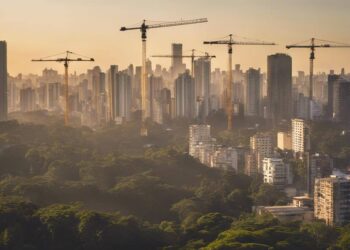Ecuador is facing a debilitating energy crisis, with daily blackouts of up to 10 hours severely disrupting daily life and putting the country’s fragile economy under pressure. These power outages, exacerbated by a prolonged drought affecting hydroelectric generation, have highlighted the country’s heavy dependence on rainfall to generate more than 70% of its electricity. The situation is quickly becoming a major political challenge for President Daniel Noboa, whose bid for re-election in February could be threatened by the ongoing crisis.
The blackouts have caused widespread disruptions, from traffic lights not working to internet service failures. Residents have been asked to limit the use of high-consuming appliances such as washing machines, as many businesses struggle to maintain operations. In sectors such as dairy farming, production has fallen significantly due to difficulties in feeding livestock and processing milk. Industrial sectors, including appliance makers, have also suffered, with some companies reporting a 50% drop in sales.
Ecuador’s central bank had initially projected GDP growth of 0.9% by 2024, but this is now considered unrealistic given the economic impact of energy shortages. Meanwhile, the country’s bonds have fallen in value, reflecting growing concern among investors that the crisis could boost support for opposition candidates with less fiscal discipline.
In response to the crisis, Noboa’s government has introduced several short-term measures, such as appointing a new energy minister and increasing limits on private investment in the electricity sector. However, real structural changes require significant investment and time, two things that Ecuador lacks. The government has also imported emergency power from a Turkish barge, but this temporary solution is not enough to cover the national deficit.
As Ecuadorians prepare for more blackouts, the question is whether Noboa can stabilize the energy sector in time to save both the economy and his political future.
